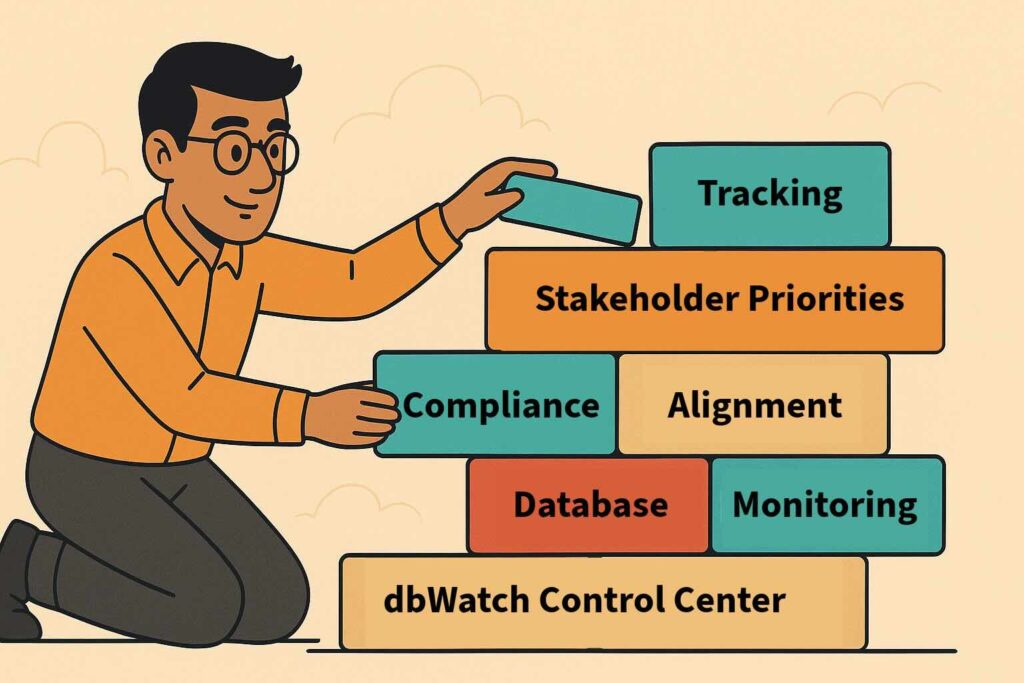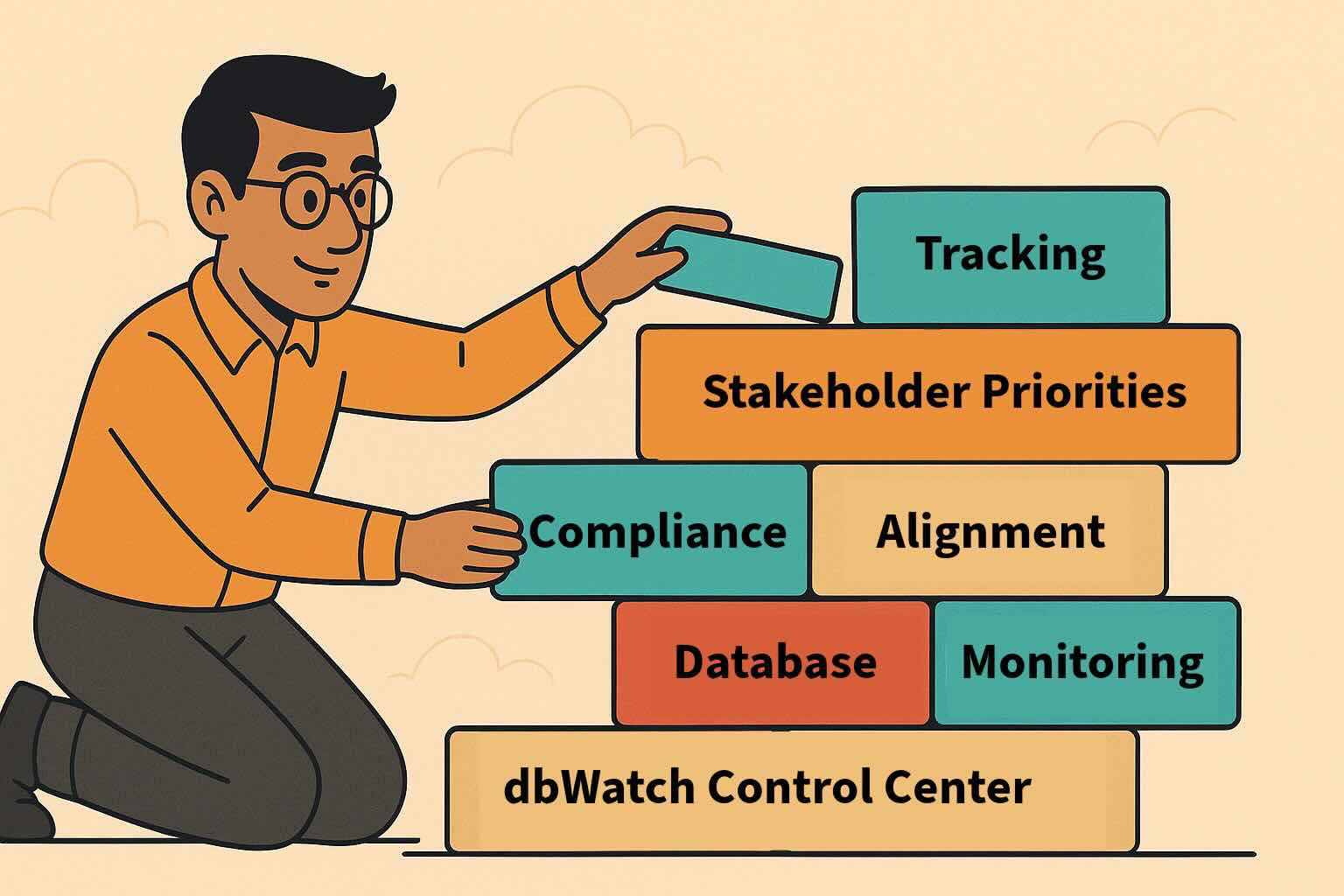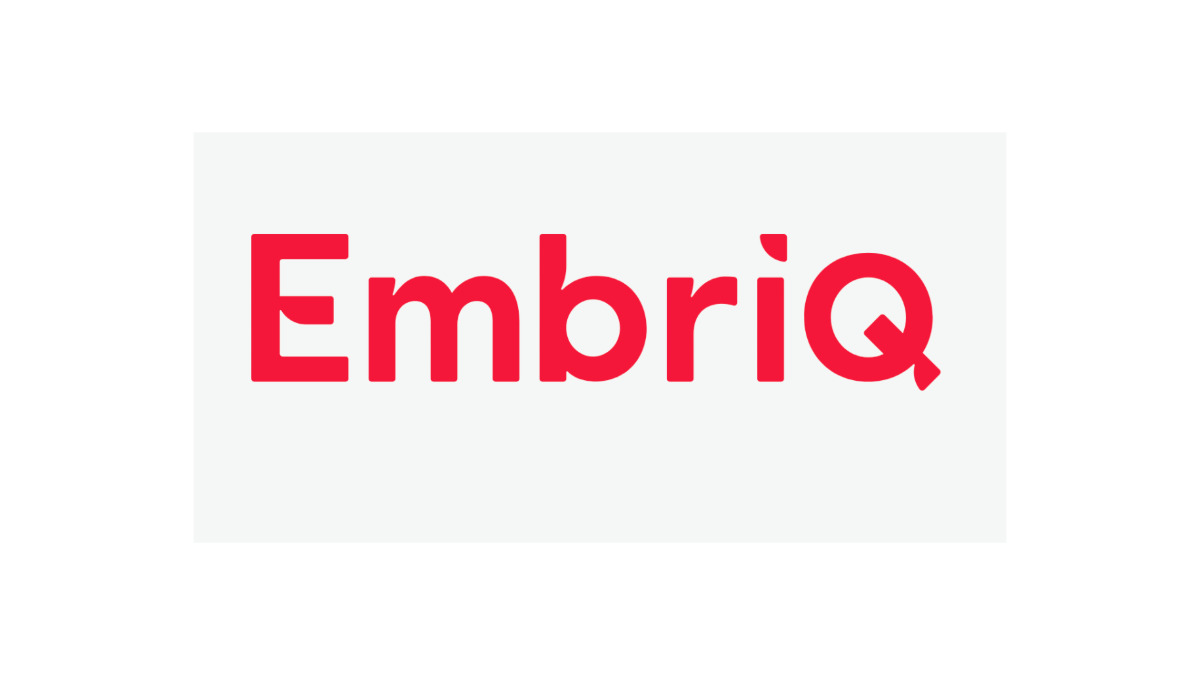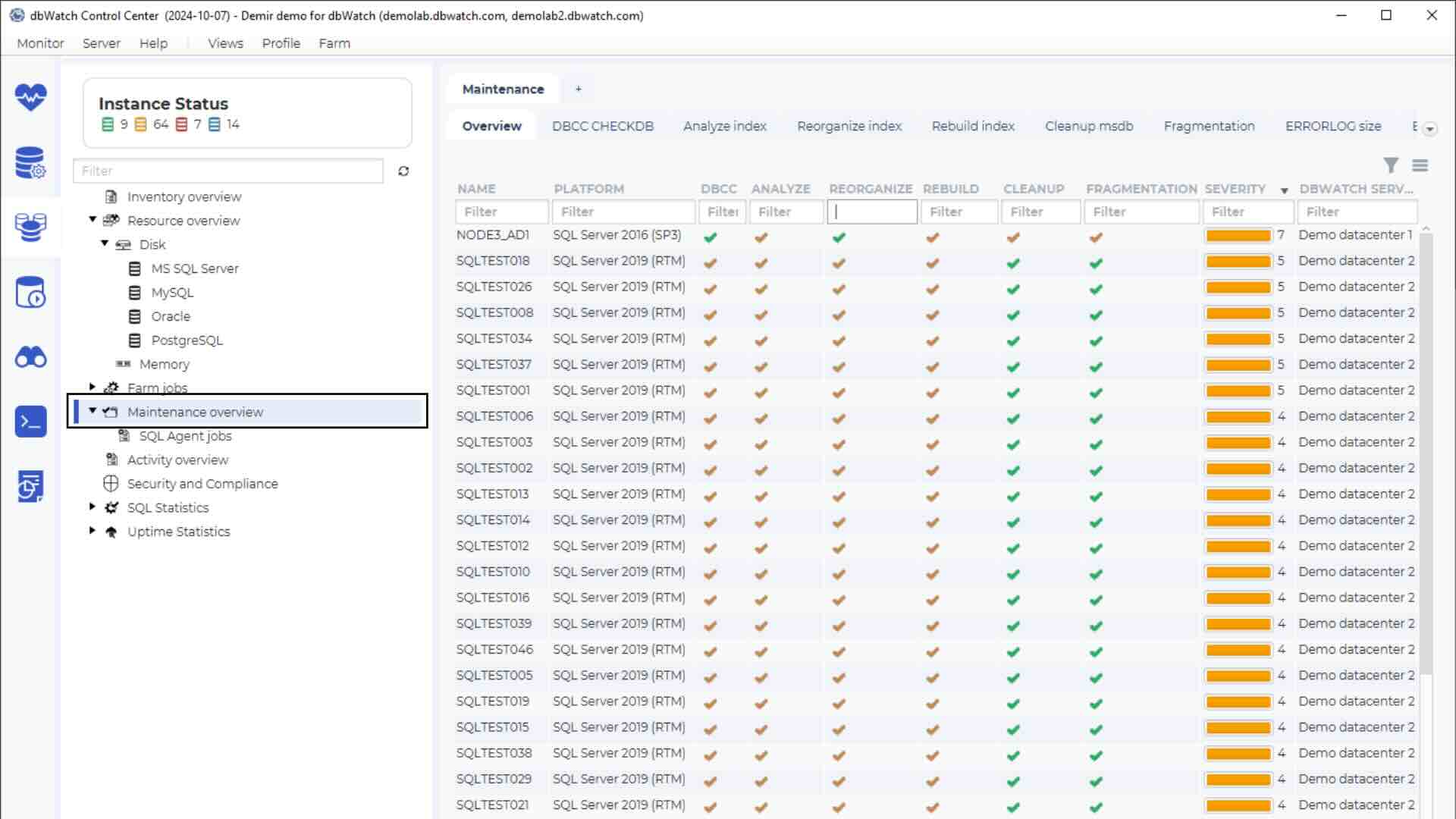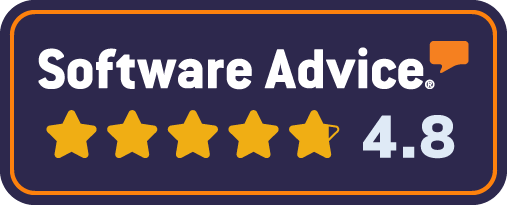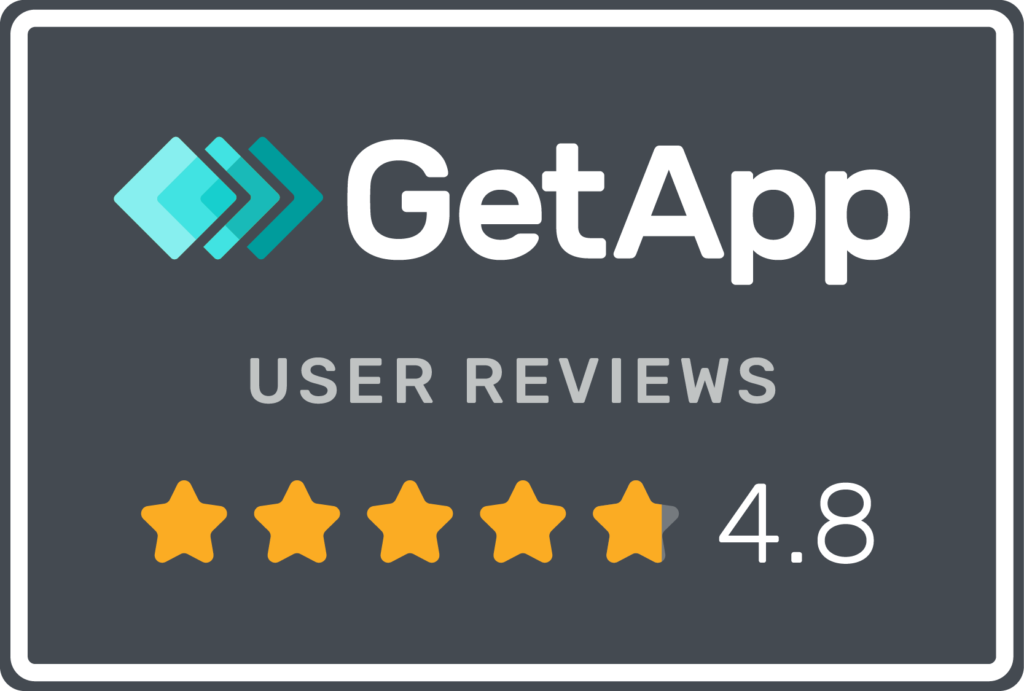Today, it’s an accepted fact: organizations have a variety of databases, platforms, and versions. While having a unified platform to handle all organizational needs would be ideal, the truth is that different requirements often call for different solutions. This results in diverse systems that, while functional, can introduce layers of complexity into database management.
Using multiple database tools can offer both solutions to specific problems and challenges. For example, it’s not uncommon for the solution to one issue to inadvertently cause complications in another database—especially when those systems behave differently from each other. Without oversight, the situation can leave teams overwhelmed and reactive rather than proactive.
Identifying the Problems: The First Step Toward Solutions
The first step to resolving complexity in database management is recognizing the issue. If you’re reading this, you know you are ready to analyze and document the specific challenges. Let’s look at how to define the problems.
The Challenges of Managing Complex Database Environments
1. Complex Environments
Organizations rarely standardize their entire database ecosystem. Usually, their systems include platforms like SQL Server, Oracle, Sybase, PostgreSQL, MySQL, or MongoDB. The complexity grows when you add multiple hosting environments, virtual servers, and physical sites. Each database platform has troubleshooting tools, but no single tool works.
2. Inefficient Use of DBA Time
If you’re working without automated maintenance, likely you’ll spend a lot of time addressing recurring issues while overlooking systemic problems. For example, when a table index repeatedly drops, a DBA may rebuild it but doesn’t have the time to identify the cause of the problem. These issues will keep appearing frequently until someone fixes the root cause.
3. Troubleshooting Without Context
Lack of visibility across systems can be frustrating. DBAs investigate isolated issues, missing the larger context. Without a tool that centralizes documentation, the same problems will likely need to be addressed repeatedly.
4. Firefighting as the Default Mode
DBAs often spend their days resolving immediate problems without having the time to focus on daily tasks like optimizing or redesigning databases. When firefighting dominates workflows, preventative maintenance and process improvements take a back seat. Even minor fixes can be distracting, making it difficult to regain focus on strategic initiatives.
Gain Visibility and Control
1. Step Back and Assess
If you’re using complex systems, it’s easy to focus on individual database instances. Sometimes, the complexity makes people lose touch with the whole environment. Teams can effectively manage a diverse database environment with tools that provide a holistic view of their systems.
A database management solution should offer centralized monitoring across platforms. Seeing everything helps teams identify patterns, track performance, and anticipate issues before they escalate.
2. Proactive Management
When you can see the issues before they become problems, you can shift to proactive management. Early detection of performance bottlenecks or resource constraints reduces the need for firefighting and saves time.
3. Empowering Your Team with the Right Tools
It’s important to have the right database monitoring and management software for your environment.
If you’re shopping for a database management and monitoring tool, keep in mind these capabilities:
- Cross-platform monitoring and management
- Real-time monitoring
- Email alerts
- Automated reporting
When your team has the right tools, you can reduce complexity, streamline workflows, and enable DBAs to focus on high-value activities that drive organizational success.
Manage Complexity with Confidence
Complex database environments don’t have to be overwhelming. If you have a good database monitoring and management tool, you can shift from reactive to proactive work. Then, you can have the time to manage for long-term success.
Are you ready to start managing databases more efficiently? Explore solutions that enable you to work smarter and see the difference they can make.


